The Canon EF-M system can be a bit lacking in native lens selection. Thankfully, Sigma released their trio of APS-C DC DN prime lenses for this mount to help us have more options! I’ve been very curious to try them out for myself. After the 32mm focal length I’ve been looking for a decently telephoto lens with higher quality to fill that gap.
The 56mm from Sigma seems like a good native option. I decided to buy it and in this above video you all will get to see what I’ve learned so far. In the video, we take a look at the lens in detail from it’s design to how it works in practice. I also show various sample photos and do tests like video autofocus on the Canon EOS M50 along with the Canon EOS M5.
Check out the Sigma 56mm through my link to B&H Photo Video.
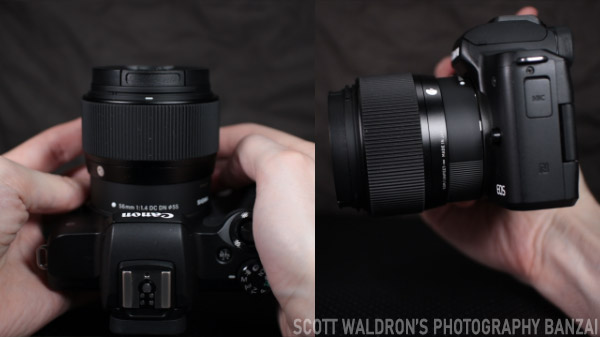
Specifications
- Lens Construction: 10 Elements in 6 Groups
- Angle of View (DC): 28.5 degrees
- Number of Diaphragm Blades: 9 (Rounded)
- Minimum Aperture: f16
- Minimum Focusing Distance: 19.7 in
- Filter Size (mm): 55mm
- Maximum Magnifications: 1: 7.4
- Dimensions (Diameter x Length): 66.5mm x 59.5mm / 2.6in. x 2.3in.
- Weight: 9.9 oz
- Includes a hood along with the front and end caps.
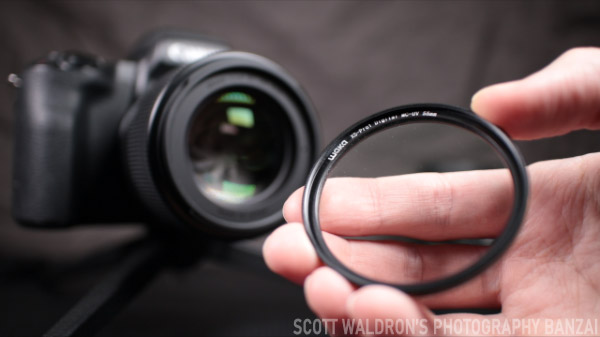
I asked Sigma USA about the longevity of their lenses…
Thank you for contacting Sigma USA. All future firmware updates will use the camera body to install, there will not be a M-mount dock. All lenses are supported with firmware and repairs for 7 years after they are discontinued. This is an industry standard followed by all manufacturers to my knowledge.”
E-mail response from Sigma Photo USA.
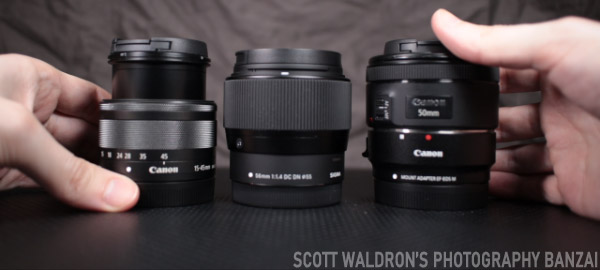
Build and Mechanical Design
- The lens does not extend at all when focusing. This is my favorite style of focusing system design. That’s really great!
- There is rubber grip material around the focus ring. I actually prefer the Canon EF-M lens metallic or plastic finish, but this works fine. We will see how the rubber holds up over time. I cleaned the lens with a paper towel once and I already have dust between the groves of the focus ring. Oops!
- Where you can see the silver ‘C’ emblem, that area is metal and is affixed. That area and the back portion give you a good amount of area to hold the lens and grip to remove it from the camera.
- A metal bayonet mount. It looks well machined.
- Around the front element of the lens they have text stating the lens properties as well as country or origin. The interesting thing is that it’s an imprint into the ring. So the text is glossy and the ring is matte. I like how it looks.
- On the M50 and M5 the lens extends below the camera so the combination won’t sit flat. As far as I know, with Canon’s EF-M lens design they intentionally make the lenses the same diameter. An interesting tidbit of design ethos.
- The Sigma and EF 50mm plus adapter are somewhat comparable in size, but the Sigma is smaller.
Sigma states in their included documentation that the lens isn’t waterproof. Looking at the back of the lens there is no gasket around the bayonet mount.
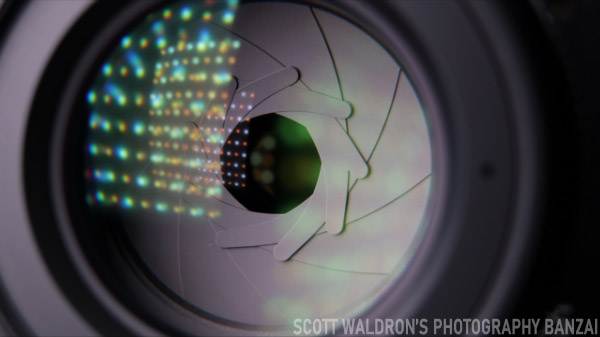
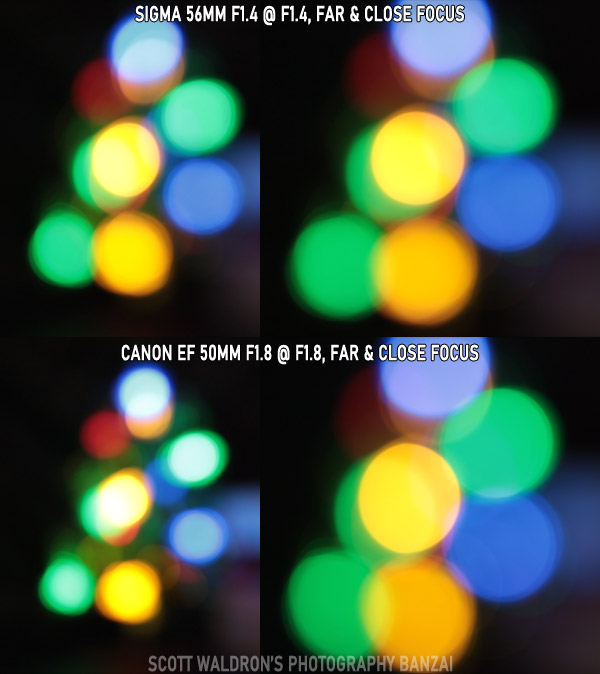
Autofocus Performance
It’s going to take more time for me to give a genuine opinion on this. With the first outing I didn’t notice any issues. It’s not the fastest thing ever, but I think it can compete with the 32 and adapted 50mm if not be a bit faster at times. The other benefit of the Sigma is that it’s a lot quieter.
I also tried indoor tests. With DPAF cameras, the subject matters. Some patterns are easier for the camera to focus on than others. The M5 has a more difficult time than the M50, but it’s reasonable considering it has older technology inside. Between the EF 50 and Sigma 56mm they both had really quick focus moments and slower ones. That said, the Sigma is a smoother quieter style of focusing than the EF 50mm.
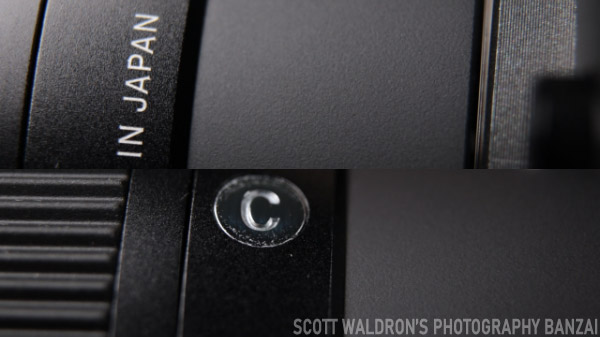
My thoughts on the lens so far…
For many years now I’ve focused on 1st party lenses with whatever system I was using. While I’ve occasionally had Sigma lenses in the past, I haven’t really looked at their offerings in detail since they made a bold move with that 35mm f1.4 “Art” series lens back in 2013. I can see now that they’ve really stepped up their efforts to design and refine every aspect of their lenses from optical qualities to their physical properties.
My favorite feature of the lens is that fully internal focusing. The autofocus motor is extremely quiet and feels snappy on the M50 camera body. It’s difficult for me to judge accuracy of focus until I’m able to do people portraits, but so far so good with my first outing where I tried it on the M5 camera body.
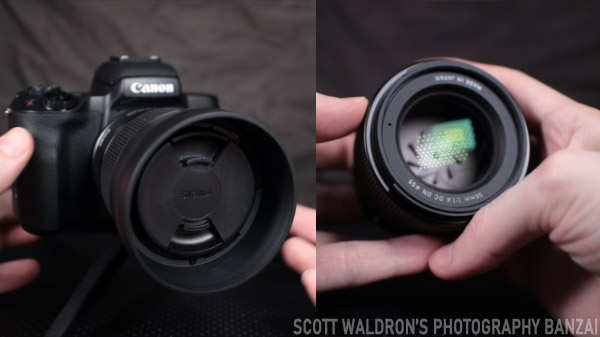
While I’ve only taken simple nature photos, I can see that image quality is up there with the 32mm, if not better. Chromatic aberrations appear to be well controlled. I’m glad because that’s the thing that turns me off the most about lenses when they have it. I’m no big pixel peeper about resolution, but I am seeing that the output feels very much more than sufficient.
Once I am able to confirm the lens can be as consistent as the 32mm lens from Canon, I should be keeping it for as long as I stick with the EF-M system. The other two DC DN lenses are look very appealing… especially that 16mm.
Check out the Sigma 56mm through my link to B&H Photo Video.

